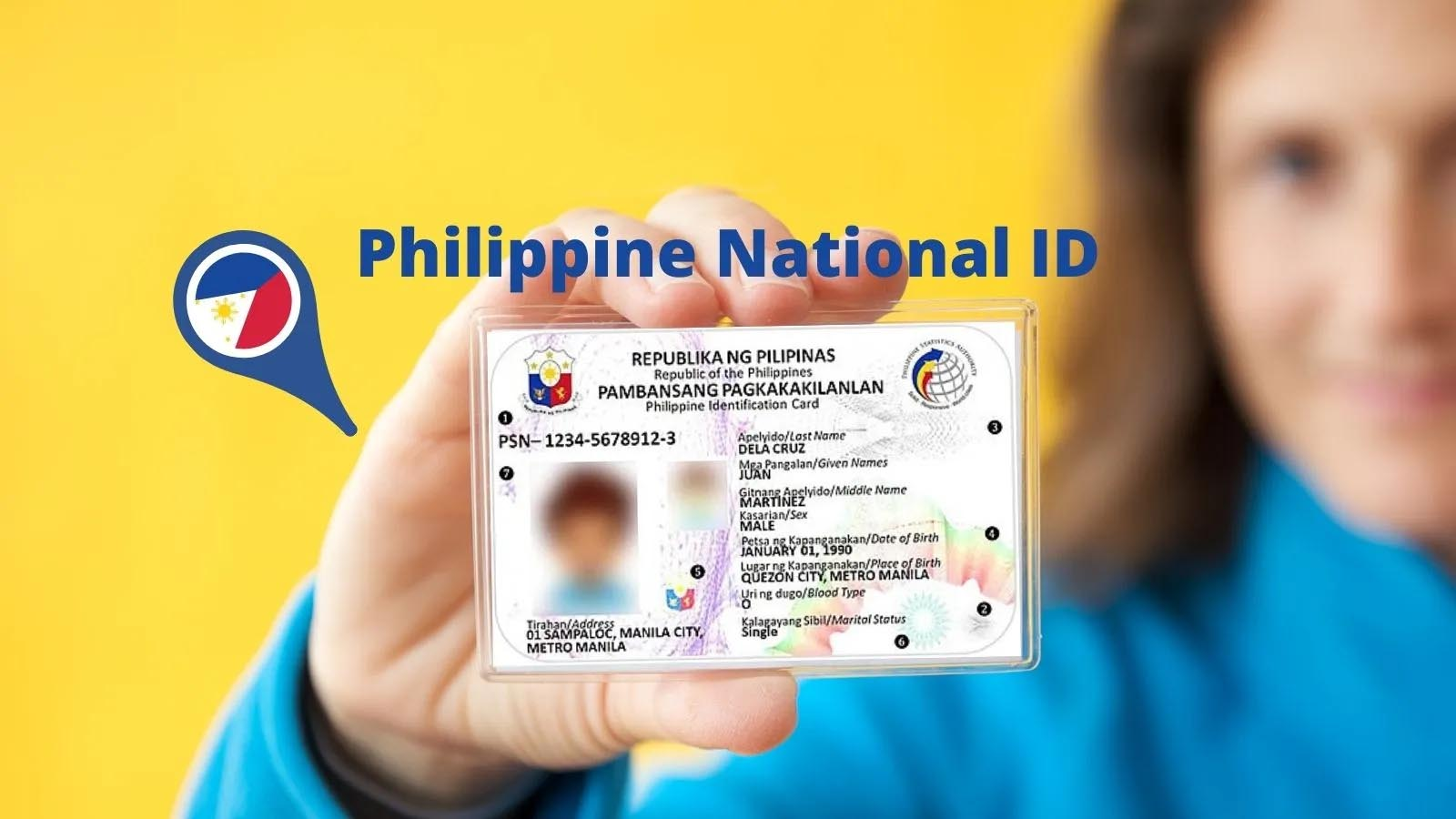The Land Transportation Office (LTO) of the Philippines plays a crucial role in managing land transportation regulations, safety, and licensing. Region 8, also known as Eastern Visayas, encompasses several provinces, including Leyte, Samar, Biliran, and Southern Leyte. This region is known for its rich cultural heritage, stunning landscapes, and diverse ecosystems, making it a significant area for transportation and economic development.
In this article LTO Region 8 –Region Eastern Visayas, we will delve into the LTO Region 8’s functions, services, challenges, and its impact on the local communities.
What is LTO Region 8
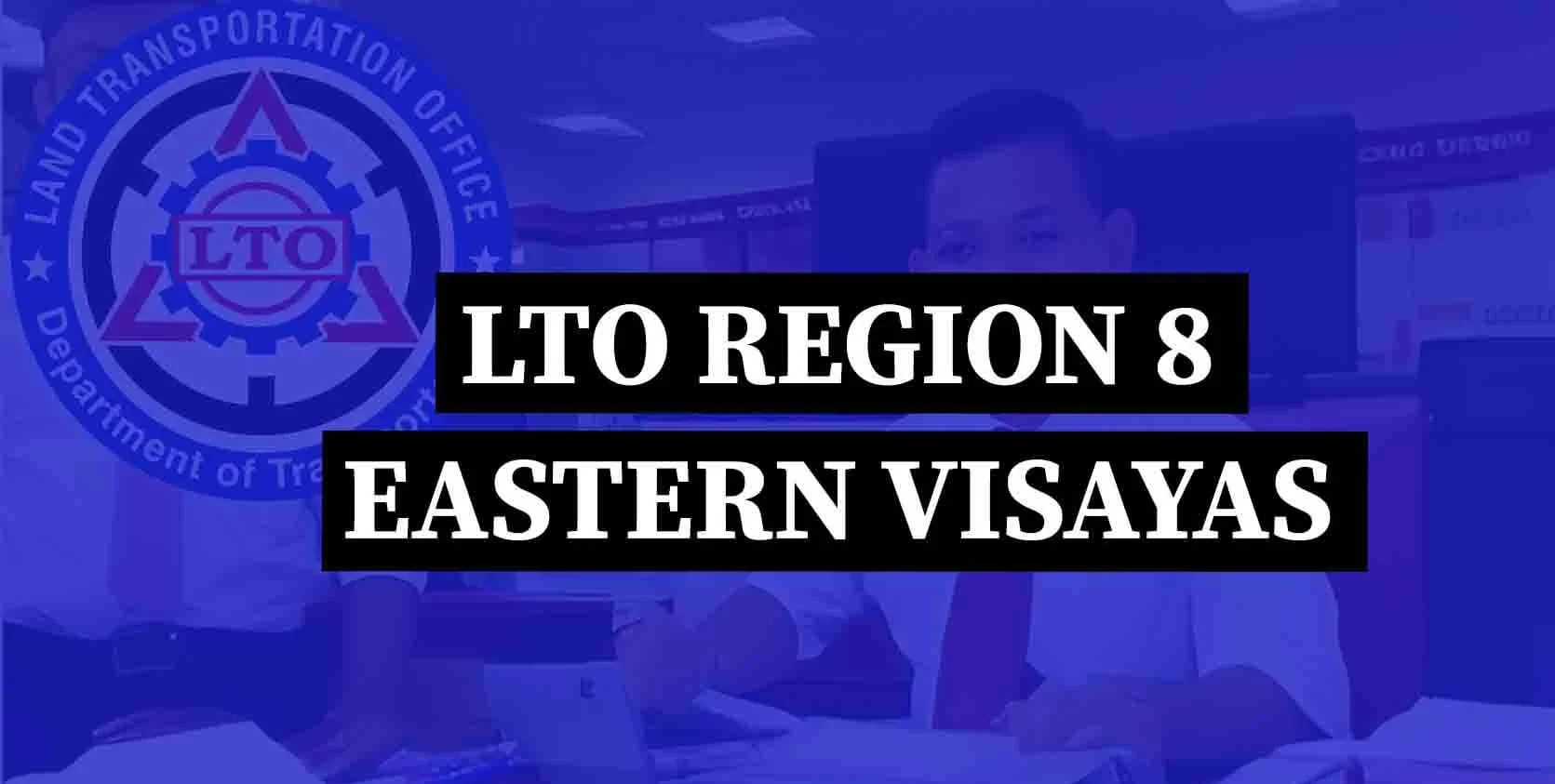
LTO Region 8 refers to the regional office of the Land Transportation Office (LTO) in Eastern Visayas, Philippines. This office is responsible for implementing various laws related to land transportation, including the processing of driver’s licenses and vehicle registrations, as well as enforcing traffic regulations to promote road safety. LTO Region 8 serves several provinces, including Samar, Leyte, Biliran, Southern Leyte, Eastern Samar, Northern Samar, and Western Samar.
It plays a vital role in enhancing transportation safety by conducting driver examinations, managing a comprehensive database of licensed drivers and registered vehicles, and implementing public education programs about road safety and responsible driving. Overall, LTO Region 8 contributes significantly to the development and infrastructure improvement of the region, ensuring compliance with national transportation laws. The Land Transportation Office (LTO) Region 8, like all frontline agencies and regional offices of the LTO, operates under the overarching mission and vision set forth by the LTO Central Office. This article LTO Region 8 –Region Eastern Visayas guiding principles are essential for ensuring the effective management of land transportation in Eastern Visayas.
Mission
The mission of LTO Region 8 is to assist in the rationalization of land transportation services and facilities while effectively implementing various transportation laws, rules, and regulations. The agency recognizes its crucial role in the overall development scheme of the national leadership and is committed to being vigilant in the performance of its public service duties. LTO Region 8 is dedicated to promoting safety and comfort in land travel, ensuring that all users of the road can navigate safely and efficiently.
Vision
The vision of LTO Region 8 is to provide fast and efficient public service to support a progressive land transport industry. As a frontline government agency, LTO Region 8 aims to enhance the experience of its clients by streamlining processes, improving service delivery, and fostering a culture of accountability and responsiveness within the organization.
Geographic Overview
Eastern Visayas is situated in the central part of the Philippines. It is bounded by the Visayan Sea to the west, the Pacific Ocean to the east, and the Samar Sea to the north. The region consists of the following provinces:
- Leyte: Known for its historical significance, particularly the Leyte Landing during World War II, Leyte is a vital part of the region’s economy.
- Samar: The largest province in the region, Samar is famous for its natural resources, including forests and beaches.
- Biliran: A small island province known for its picturesque landscapes and vibrant marine life.
- Southern Leyte: This province boasts stunning coastlines and is a hub for tourism and agriculture.
Climate of Eastern Visayas
Eastern Visayas experiences two primary climate types according to the Corona classification: Type II and Type IV.
Type II Climate
Characteristics:
This climate type features no distinct dry season, with a significant amount of rainfall occurring from November to January.
Geographic Distribution:
Areas such as Samar Island and the eastern part of Leyte Island fall under this climate classification.
Type IV Climate
Characteristics:
Type IV climate is characterized by a more even distribution of rainfall throughout the year, with a short dry season typically from February to May.
Geographic Distribution:
This climate type is prevalent in the western half of Leyte Island and some regions of Samar, particularly from Motiong to San Isidro in Northern Samar.
The region’s vulnerability to severe weather events was tragically highlighted in November 2013, when Typhoon Haiyan struck, leading to the highest death toll from a natural disaster in the Philippines.
Natural Resources of Eastern Visayas
Eastern Visayas is endowed with a variety of natural resources, contributing significantly to the region’s economy:
- Marine Resources:
- The region’s sea and inland waters are abundant in both salt and freshwater fish, along with other marine products, making it a vital area for fish exports.
- Forest Reserves:
- Substantial forest areas exist in the interiors of the islands, providing timber and other forest products.
- Mineral Deposits:
- The region is rich in various minerals, including:
- Chromite
- Uranium (notably in Samar)
- Gold and Silver
- Manganese
- Magnesium
- Bronze
- Nickel
- Clay
- Coal
- Limestone
- Pyrite
- Sand and Gravel
- Geothermal Energy:
- The region has substantial geothermal energy resources, supporting the needs of medium and heavy industries.
- Water Resources:
- There are abundant water resources, which are crucial for both domestic and industrial use.
Population Overview of Eastern Visaya
The population of Eastern Visayas has experienced consistent growth over the years, reflecting demographic trends influenced by factors such as migration, economic opportunities, and natural events. Here are the key statistics detailing the region’s population and growth rates:
| Year |
Population |
Per Annum Growth Rate |
| 2000 |
3,054,490 |
— |
| 2010 |
3,610,355 |
+1.69% |
| 2020 |
4,101,322 |
+1.28% |
| 2024 |
4,440,150 |
+1.52% |
Analysis
- 2000 Census: The population stood at 3,054,490.
- This baseline allows for the observation of growth trends in subsequent years.
- 2010 Census: The population increased to 3,610,355, representing a growth rate of +1.69%.
- This growth reflects improvements in local economies and potentially an influx of residents seeking better opportunities.
- 2020 Census: The population rose to 4,101,322, with a slightly lower growth rate of +1.28%.
- The decrease in growth rate may indicate various factors, including migration trends, economic challenges, or impacts from natural disasters.
- Projected for 2024: The population is expected to reach 4,440,150, showing an increase with a growth rate of +1.52%.
- This projection suggests a rebound in growth, possibly due to recovery efforts post-disasters and ongoing development initiatives.
Historical Background of LTO Region 8
The LTO was established in 1991 as part of the Department of Transportation and Communications (DOTC). Its primary objective is to ensure safe and efficient land transport in the country. LTO Region 8 was created to oversee and implement policies specific to Eastern Visayas, addressing local transportation needs and challenges.
Over the years, the LTO has evolved, adapting to advancements in technology and changes in legislation. The introduction of the Land Transportation Management System (LTMS) is a significant milestone that has improved service delivery in the region.
Functions of LTO Region 8
The LTO Region 8 performs several key functions to promote road safety and efficient transportation systems:
- Licensing: The LTO is responsible for issuing driver’s licenses and vehicle registrations. It ensures that drivers meet the necessary qualifications and that vehicles comply with safety standards.
- Regulatory Oversight: The office enforces transportation laws, including vehicle safety regulations and compliance with traffic rules. It also manages the accreditation of driving schools and medical clinics involved in the licensing process.
- Public Awareness Campaigns: The LTO conducts various campaigns aimed at educating the public on road safety, traffic laws, and responsible driving practices.
- Accident Investigation: The LTO plays a role in investigating traffic accidents to identify causes and prevent future occurrences.
- Infrastructure Development: The agency collaborates with local government units (LGUs) to improve road infrastructure and address transportation issues in the region.
Services Offered by LTO Region 8
LTO Region 8 provides a wide range of services to the public, ensuring accessibility and efficiency. Here are some of the primary services offered:
1. Driver’s Licensing
- Student Permits: For individuals who are starting their driving journey.
- Non-Professional and Professional Licenses: For those who wish to drive vehicles for personal use or for work.
- Renewals and Upgrades: Existing drivers can renew their licenses or upgrade from non-professional to professional status.
2. Vehicle Registration
- New Vehicle Registration: For newly acquired vehicles.
- Renewal of Registration: Ensuring that all vehicles on the road are legally registered.
- Transfer of Ownership: Facilitating the legal transfer of vehicle ownership from one individual to another.
3. Vehicle Inspection
LTO Region 8 conducts inspections to ensure that vehicles comply with safety standards. This includes checking the engine, brakes, lights, and other essential components.
4. Educational Programs
- Theoretical Driving Course (TDC): Mandatory for new drivers to learn the basics of road safety and traffic rules.
- Practical Driving Course (PDC): Hands-on training for new drivers to develop practical driving skills.
5. Miscellaneous Services
- Issuance of Special Plates: For vehicles requiring unique identification.
- Duplication of Lost Licenses: Assisting individuals who have lost their licenses to obtain duplicates.
- Accreditation of Driving Schools and Medical Clinics: Ensuring that these institutions meet LTO standards.
Challenges Faced by LTO Region 8
Despite its important functions, LTO Region 8 faces several challenges:
1. Infrastructure Limitations
Many areas in Eastern Visayas still lack adequate road infrastructure, which hampers effective transportation and increases the risk of accidents. Poor road conditions can deter drivers from following traffic rules and regulations.
2. Public Awareness
While the LTO conducts awareness campaigns, there remains a significant portion of the population that is unaware of traffic laws and safe driving practices. This gap in knowledge contributes to road accidents and violations.
3. Technological Adaptation
Although the LTMS has improved service delivery, some local offices in the region struggle with technology adoption. Inadequate training and resources can limit the effectiveness of these systems.
4. Financial Constraints
Budgetary limitations often restrict the LTO’s ability to implement comprehensive programs and services. This can hinder their efforts to improve road safety and efficiency in the region.
The Role of LTO in Promoting Road Safety
LTO Region 8 plays a vital role in promoting road safety through various initiatives:
1. Road Safety Campaigns
The LTO regularly conducts campaigns to educate drivers about safe driving practices, the importance of seat belts, and the dangers of driving under the influence of alcohol or drugs.
2. Collaboration with Local Government Units
The LTO collaborates with LGUs to address local transportation issues, implement road safety measures, and improve infrastructure. This partnership helps to create safer road environments for all users.
3. Training Programs for Drivers
The LTO emphasizes the importance of proper training for drivers. Through the TDC and PDC, they ensure that new drivers are well-equipped with the knowledge and skills necessary for safe driving.
4. Strict Enforcement of Traffic Laws
The LTO is responsible for enforcing traffic laws and regulations. By issuing penalties for violations, the agency aims to deter reckless behavior and promote compliance with road safety rules.
The Future of LTO Region 8
As Eastern Visayas continues to develop, the LTO Region 8 is poised to adapt and expand its services. Some potential areas of growth include:
1. Enhanced Technology Integration
The LTO aims to further integrate technology into its operations. This could include more advanced LTMS features, online services for vehicle registration and licensing, and improved data management systems.
2. Expanding Public Awareness Initiatives
Increased efforts in public education about road safety and responsible driving are essential. The LTO can enhance its campaigns through partnerships with schools, communities, and local organizations.
3. Improved Infrastructure Collaboration
Collaboration with national and local governments to improve road infrastructure is critical. The LTO can advocate for funding and resources to enhance the safety and efficiency of transportation in the region.
4. Training and Development Programs
Investing in continuous training for LTO staff will ensure that they are equipped to handle emerging challenges and advancements in the transportation sector.
LTO-Serviced Cities and Municipalities in Region 8
To enhance efficiency and accessibility in public service, the Land Transportation Office (LTO) has strategically established branch offices across the Philippines, including various locations within Eastern Visayas. These offices are designed to cater to the transportation needs of local residents, ensuring that vital services are within reach. Below is a comprehensive overview of LTO-serviced cities and municipalities in Region 8.
LTO Branch Locations in Region 8
The following are the key LTO branch offices in Region 8:
- Tacloban City LTO
- Baybay City LTO
- Burauen LTO
- Borongan LTO
- Calbayog LTO
- Carigara LTO
- Catarman LTO
- Catbalogan LTO
- Maasin City LTO
- Javier LTO
- Ormoc City LTO
- Palompon LTO
- San Juan LTO
- Sogod LTO
- Mercedes LTO
- Guiuan LTO
These locations serve as essential hubs for various land transportation services, ensuring that local communities have access to the necessary resources for vehicle registration, licensing, and compliance with transportation regulations.
Types of LTO Offices in Region 8
In total, there are 20 different types of LTO field offices under the jurisdiction of Region 8. These offices are categorized into District Offices (DOs), Extension Offices (EOs), and Licensing Centers (LCs).
District Offices (DOs)
- Tacloban City District Office
- Baybay District Office
- Borongan District Office
- Calbayog District Office
- Carigara District Office
- Catarman District Office
- Catbalogan District Office
- Maasin District Office
- Naval District Office
- Ormoc District Office
- Palompon District Office
- San Juan District Office
Extension Offices (EOs)
- Tacloban City Extension Office
- Burauen Extension Office
- Javier Extension Office
- Sogod Extension Office
- Mercedes Extension Office
- Guiuan Extension Office
Licensing Center (LC)
- Tacloban City Licensing Center
These offices are strategically located to maximize accessibility and ensure that a wide range of services is offered to the diverse population of the Eastern Visayas region.
List of Services Offered by LTO Agencies in Region 8
LTO offices in Region 8 are dedicated to ensuring land transport safety and progress. They provide a variety of services that cater to the needs of drivers, vehicle owners, and the general public. Below are some of the key services offered:
Permits and Licenses
- Student Permits
- New Non-Professional Driver’s License
- Conductor’s License
- Renewal of Driver’s/Conductor’s Licenses
- Includes options for overseas Filipinos
- Miscellaneous License Transactions
- Renewal of Expired Licenses (with exams for licenses expired for more than two years or with numerous demerit points)
License Classification Changes
- Change from Non-Professional Driver’s License (NPDL) to Professional Driver’s License (PDL)
- Conversion of Foreign Driver’s Licenses to Philippine Licenses
- Additional Driver’s License Codes
Medical and Accreditation Services
Vehicle Registration
- First-time Motor Vehicle Registration
- Renewal of Vehicle Registrations
- Re-stamping of Engine/Chassis Numbers
- Vehicle Inspections
- Transfer of Ownership
- Issuance of Duplicate License Plates and OR/CR
Driver Education Programs
Law Enforcement and Traffic Management
- Settling Admitted Apprehensions
- Adjudication of Contested Apprehensions
- Lifting of Traffic Alarms
- Certification of No Pending Apprehension
- Drug and Emission Testing
Self-Service Kiosks
- Automated Driver’s License Examination System (ADLES) for new driver’s license applications
Miscellaneous Services
- Issuance of Vanity and Special Plates
- Miscellaneous Transactions related to records and licensing
It is important to note that while these services are generally available, some may not be offered at every office due to equipment limitations. It is advisable to contact the specific LTO branch beforehand to confirm the availability of desired services.
Contact Information for LTO Region 8
LTO Region 8 aims to provide accessible services to the public, with offices located in strategic areas. For inquiries, concerns, or to verify service availability, individuals can reach out to LTO Region 8 through various contact methods:
Regional Office
- Land Transportation Office Region 8
- Location: Government Center, Candahug, Palo, Leyte
- Contact Number: (053) 888-4672
- Head of Agency: Rhodelio V. Poliquit
- Contact Email: [email protected] and [email protected]
- Hours of Operation: Monday to Friday, 8 AM to 5 PM
Overview of the Eastern Visayas Region (Region 8)
Eastern Visayas, also known as Region 8, is an administrative region of the Philippines that includes the islands of Samar, Leyte, and Biliran. It comprises six provinces: Biliran, Leyte, Northern Samar, Samar, Eastern Samar, and Southern Leyte, with Tacloban City serving as the regional center.
Geographically, Eastern Visayas is situated in the central part of the Philippine archipelago, bordered by the Philippine Sea to the east, the San Bernardino Strait to the north, and the Surigao Strait to the west. The region’s unique geography and cultural heritage contribute to its significance within the Philippines.
In summary, LTO Region 8 plays a vital role in promoting road safety and efficient transportation services across Eastern Visayas. With numerous branches and a wide range of services, the LTO continues to support the needs of the local communities, ensuring that all individuals have access to essential transportation services.
Google Map Location
Conclusion
The LTO Region 8 plays an integral role in ensuring the safety and efficiency of land transportation in Eastern Visayas. Through its various functions, services, and initiatives, it strives to promote responsible driving and enhance public awareness of road safety. While challenges remain, the LTO’s commitment to adapting to the needs of the region and embracing technology positions it well for future growth. As the region develops, the LTO will continue to be a pivotal agency in shaping the landscape of land transportation in Eastern Visayas, contributing to safer roads and more efficient travel for all.
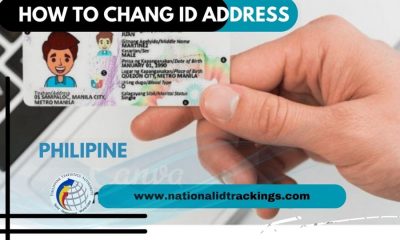
 Uncategorized6 months ago
Uncategorized6 months ago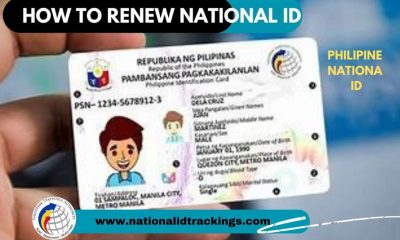
 Uncategorized5 months ago
Uncategorized5 months ago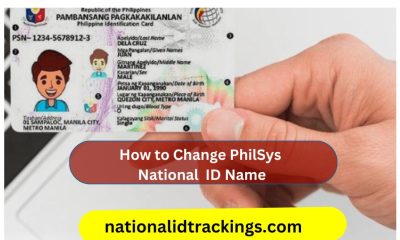
 Uncategorized5 months ago
Uncategorized5 months ago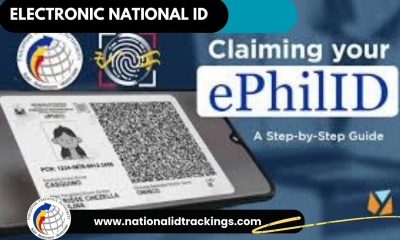
 Uncategorized6 months ago
Uncategorized6 months ago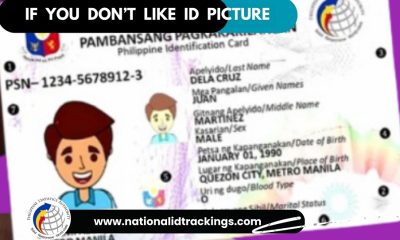
 Uncategorized6 months ago
Uncategorized6 months ago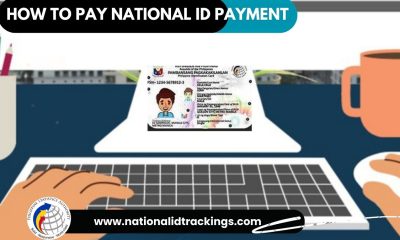
 Uncategorized5 months ago
Uncategorized5 months ago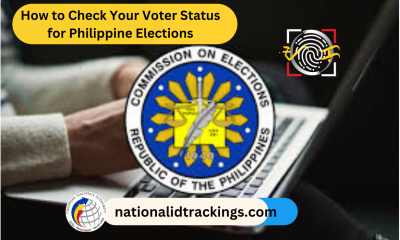
 Uncategorized5 months ago
Uncategorized5 months ago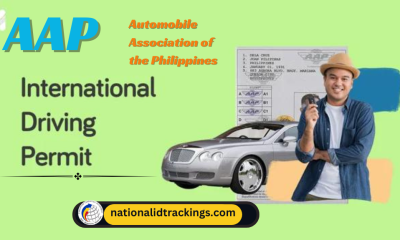
 Uncategorized5 months ago
Uncategorized5 months ago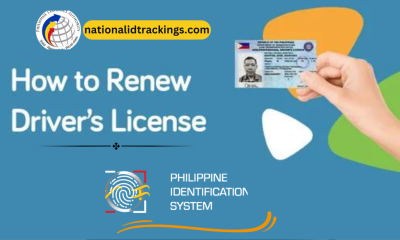
 Uncategorized5 months ago
Uncategorized5 months ago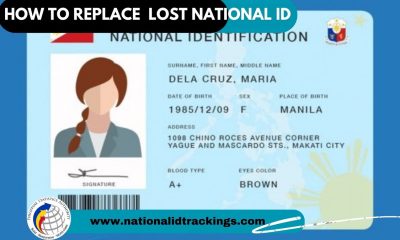
 Uncategorized5 months ago
Uncategorized5 months ago
 Uncategorized3 months ago
Uncategorized3 months ago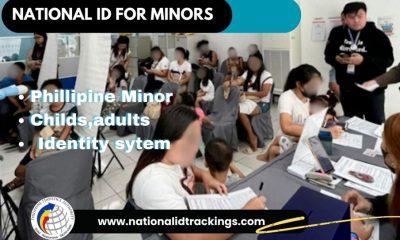
 Uncategorized6 months ago
Uncategorized6 months ago